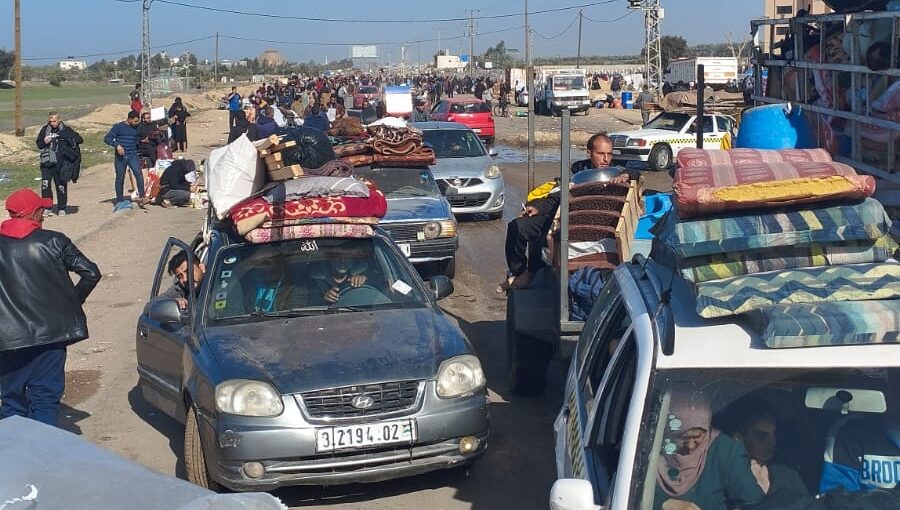Israel’s Gaza Push Continues, but Analysts Say It’s ‘Without a Clear Strategic Direction’
As the IDF seizes southern Gaza’s Morag corridor, critics warn of creeping reoccupation. Civilians face bombardment, hospitals are hit, and no endgame emerges.
As Israeli military operations intensify across Gaza, attention has shifted sharply to the south. The expansion of a key buffer zone near the Morag corridor—once part of a former Israeli settlement bloc—marks a new and potentially decisive phase in the war. Israeli forces report territorial gains, but amid growing confusion over the military’s objectives and a worsening humanitarian crisis, analysts, political leaders, and civilians warn of dire consequences.
“The Morag buffer in the southern part of Gaza is seen here as a success,” Michael Milshtein, head of the Palestinian Studies Forum at the Moshe Dayan Center, told The Media Line. “But again, no one really knows what the goal is. It looks like a series of military achievements—yet they’re happening without a clear strategic direction.”
The Morag corridor, now serving as a military axis through southern Gaza, is part of Israel’s effort to assert operational control and constrain Hamas’s movements. Critics, however, argue that it signals the early stages of a creeping reoccupation.
“There have been successful operations, including occupying almost 40% of the Gaza Strip and creating new buffer zones including the Morag corridor,” Milshtein noted. “But without a strategic goal, we’re heading toward full occupation—with no plan and no public discussion about the costs, not just militarily, but socially and economically.”
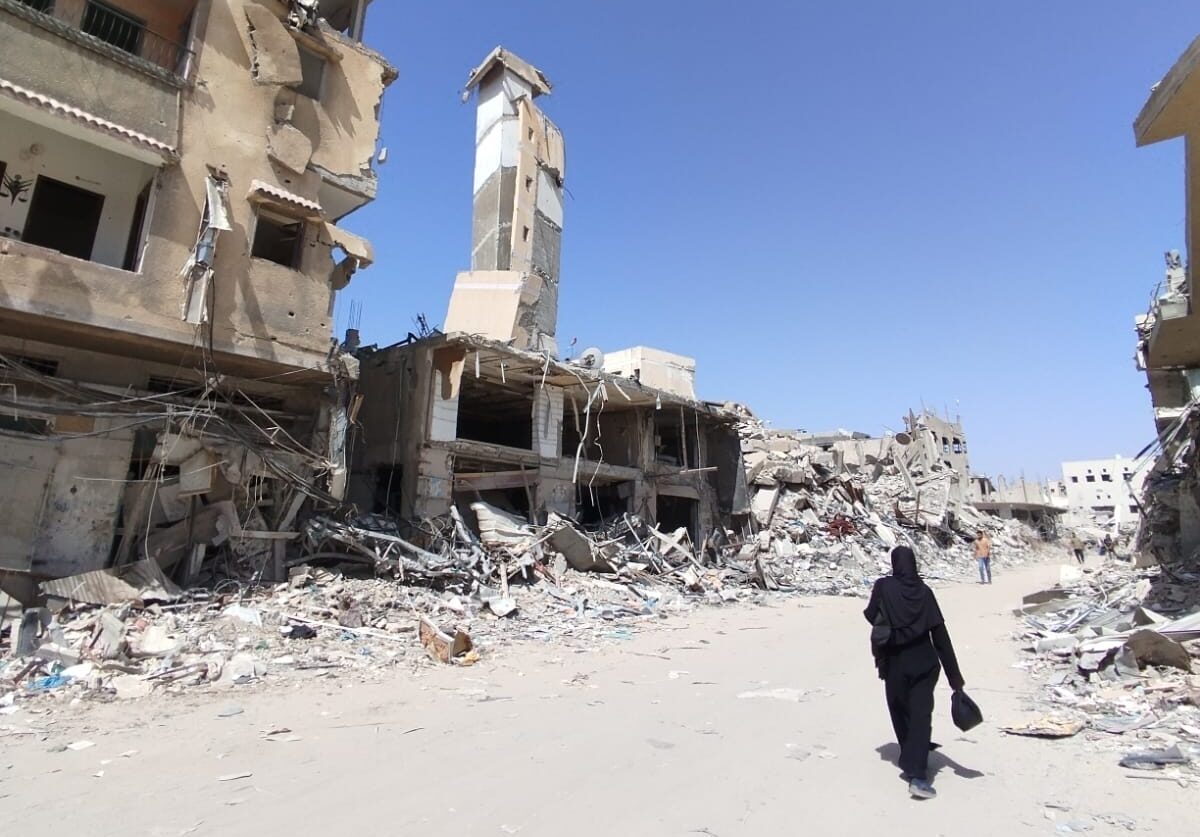
Residents live among the ruins in the Gaza Strip, April 14, 2025. (Courtesy: Anonymous source in the Gaza Strip)
“This is not about buffer zones,” countered Ihsan Ataya, head of Arab and international relations for the Islamic Jihad Movement in Palestine. “This is about pushing our people out—again. Israel’s aim is to forcibly displace Palestinians from Gaza and the West Bank while attempting to pressure the resistance into surrender.”
In Deir al-Balah, the toll of the campaign is evident in the shattered infrastructure and mounting casualties. The area, already swollen with internally displaced civilians, has become a front line for both bombardment and survival.
“The situation is horrible. Most of us live in tents in the streets,” a Deir al-Balah resident, who asked to remain anonymous for safety reasons, told The Media Line. “Bombings never stop. The strikes even drop without warning. Yesterday, six of my friends died in one hit on the beach.”
That strike was part of a broader escalation that included an attack on Al-Ahli Hospital, the last functioning medical facility in Gaza.
“If Israel respected international conventions, it wouldn’t dare to bomb hospitals in front of the world,” said Ataya. “Yet again, it did—without consequence.”
While Israeli officials maintain that Hamas embeds fighters within civilian infrastructure, the tactic continues to draw widespread condemnation. For Milshtein, such strikes reflect a deeper operational and ethical dilemma.
It’s damage for damage’s sake
“Hamas merges its military infrastructure into civilian areas—hospitals, even schools—which unfortunately makes them legitimate targets from a tactical point of view. But this isn’t the main issue. The real problem is that there is no clear strategic goal behind these operations. It’s damage for damage’s sake.”
This holiday season, give to:
Truth and understanding
The Media Line's intrepid correspondents are in Israel, Gaza, Lebanon, Syria and Pakistan providing first-person reporting.
They all said they cover it.
We see it.
We report with just one agenda: the truth.
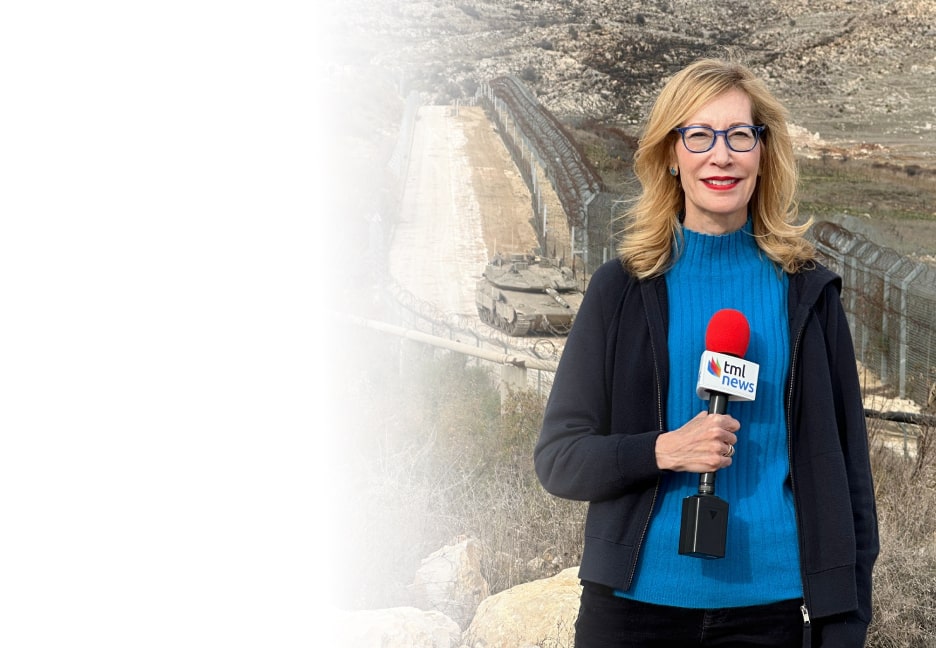
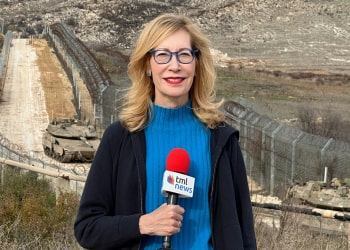
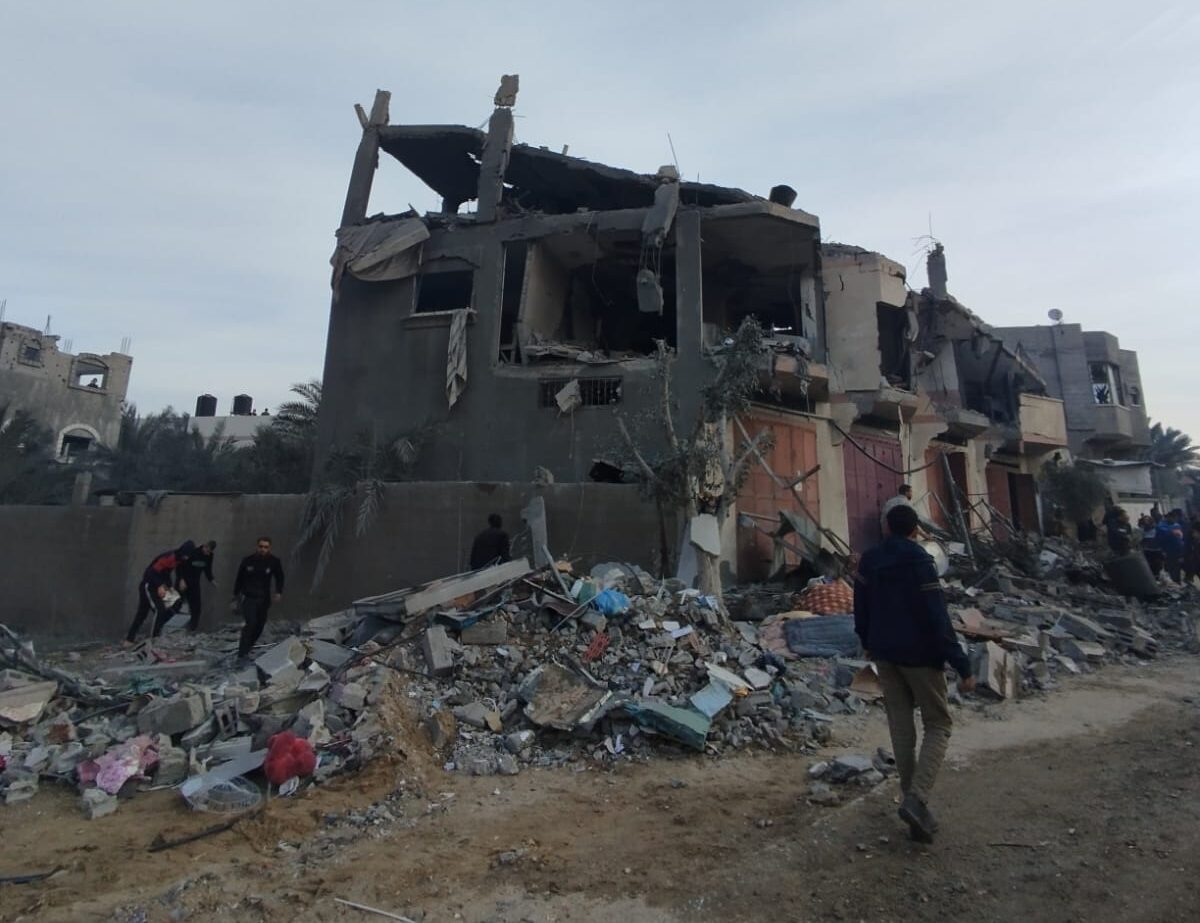
“There is no clear strategic goal behind these operations. It’s damage for damage’s sake,” says Michael Milshtein, head of the Palestinian Studies Forum at the Moshe Dayan Center. (Courtesy: Anonymous source in the Gaza Strip)
The human cost is overwhelming. The Deir al-Balah resident described a chilling experience that underscores the constant danger.
I thought I would not have survived. In Gaza, we silently await our turn to die.
“As I was returning from the funeral of my friend’s family, an airstrike hit just 20 meters away,” he said. “The sound was unbearably close. I thought I would not have survived. In Gaza, we silently await our turn to die.”
As the fighting grinds on, questions grow louder within Israel’s security establishment. Operational consensus remains, but strategic clarity is lacking.
“There is no real discourse between the Israeli public and leadership, and no one is explaining what the actual goal is,” Milshtein said. “The leadership clings to the narrative of defeating Hamas and releasing the hostages, but everyone knows you cannot achieve both simultaneously.”
Behind the scenes, Milshtein said, even top figures in Shin Bet and the army acknowledge this contradiction—though few address it publicly.
“There’s broad consensus within the IDF and Shin Bet. [Former] Chief of Staff Herzi Halevi made it clear the hostages were a top priority—but never said the war should stop to free them. That contradiction sits at the heart of the problem.”
Ataya sees the same contradiction—but draws a different conclusion.
“The Americans and Israelis pretend to seek a deal, but they’re prolonging the war. The truth is that they want to kill resistance leaders and crush our people, not negotiate in good faith,” he said.
Meanwhile, a new round of Egypt-mediated talks between Hamas and Israel over a ceasefire and hostage exchange appears stalled once again.
“The gap is the same as it was weeks ago,” Milshtein said. “Hamas demands Israel end the war and withdraw; Israel refuses. The only thing that can shift this is American pressure, like we saw over 70 days ago. Without that, we’re going nowhere.”
“Israel is the one obstructing mediation efforts,” Ataya insisted. “Even the United States, which was supposed to be a guarantor of the ceasefire, has turned its back on the deal.”
Milshtein warned that continued operations could endanger the hostages believed to still be alive in Gaza.
“You cannot release hostages through military operations alone. Continued assaults even risk their lives further. And yet, no one seems willing to change course.”
Beyond Gaza, regional tensions continue to rise. The US has increased pressure on Iran and its network of proxies, including Hezbollah and the Houthis. Some reports have suggested Hamas may consider disarming under Egyptian supervision.
Milshtein was skeptical: “All these reports about Hamas or Hezbollah disarming are either fake news or vague interpretations. Hamas has never officially said it would dismantle itself. The resistance camp is weaker, yes—but it hasn’t disappeared.”
Ataya was more blunt: “I don’t believe this claim is accurate. It’s misinformation aimed at dividing our ranks and selling false hope to the enemy.”
Despite suffering setbacks, both agree that the resistance axis remains intact.
“There’s an overestimation in the West about Iran’s weakness,” Milshtein said. “Despite suffering major blows, neither Iran nor its proxies have fundamentally altered their strategies. They haven’t given up.”
What lies ahead—for Gaza, Israel, and the region—is uncertain. The war shows no signs of ending, and any path to resolution remains elusive.

Despite the vast destruction on the ground, the war in the Gaza Strip shows no signs of ending. (Courtesy: Anonymous source in the Gaza Strip)
“Gaza will rise again from beneath the rubble,” said Ataya. “The enemy will not achieve its goals. There are surprises awaiting in the West Bank. The region’s future will ultimately shift in favor of resistance.”
The idea that we’re near a resolution is simply not realistic
Milshtein urged realism: “People are mixing wishful thinking with analysis. The idea that we’re near a resolution is simply not realistic.”
From the battered streets of Deir al-Balah, the anonymous resident speaks for a population exhausted by war: “We hold onto life despite everything … but we live in ruins. And death keeps finding us here.”
